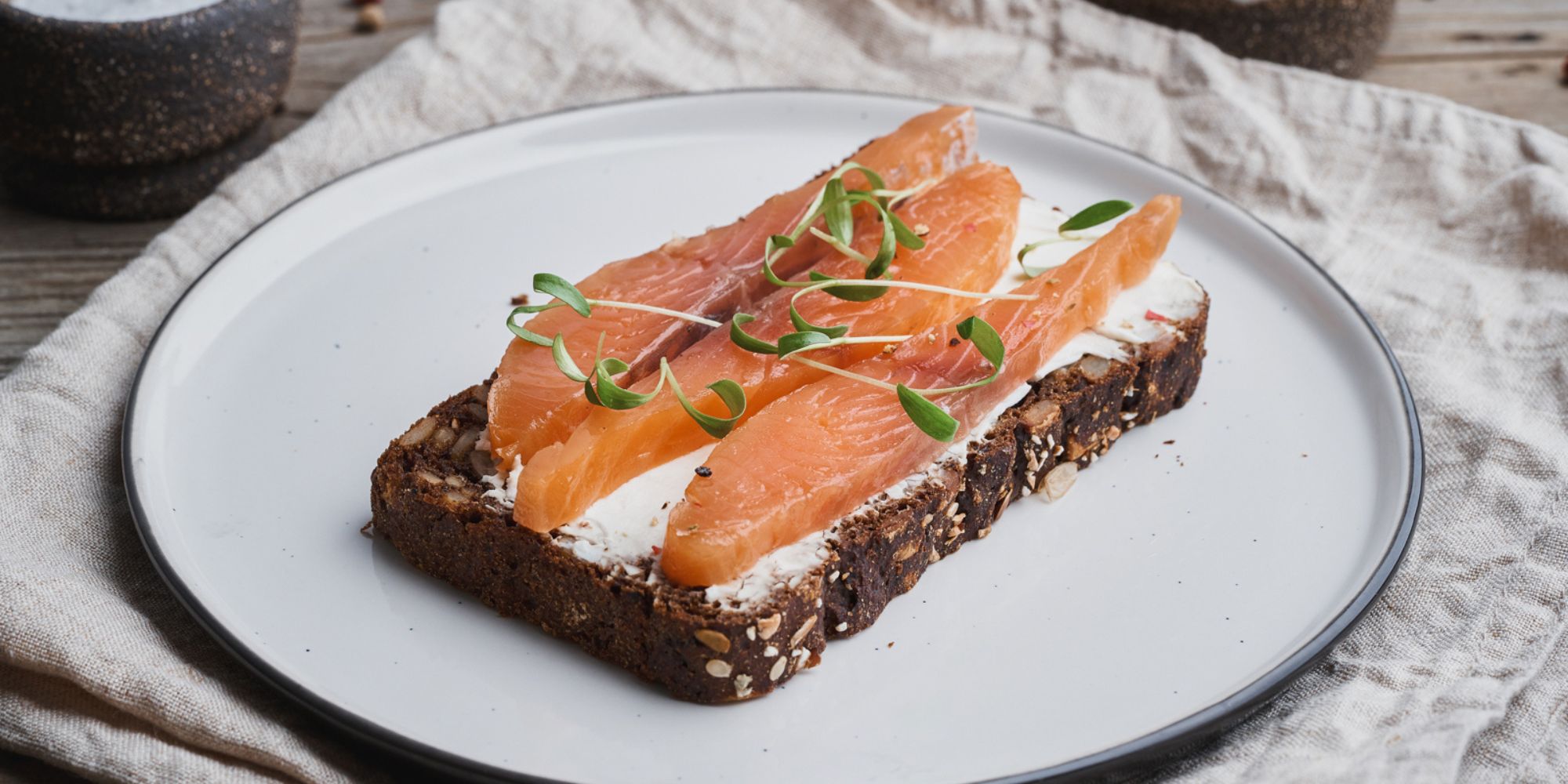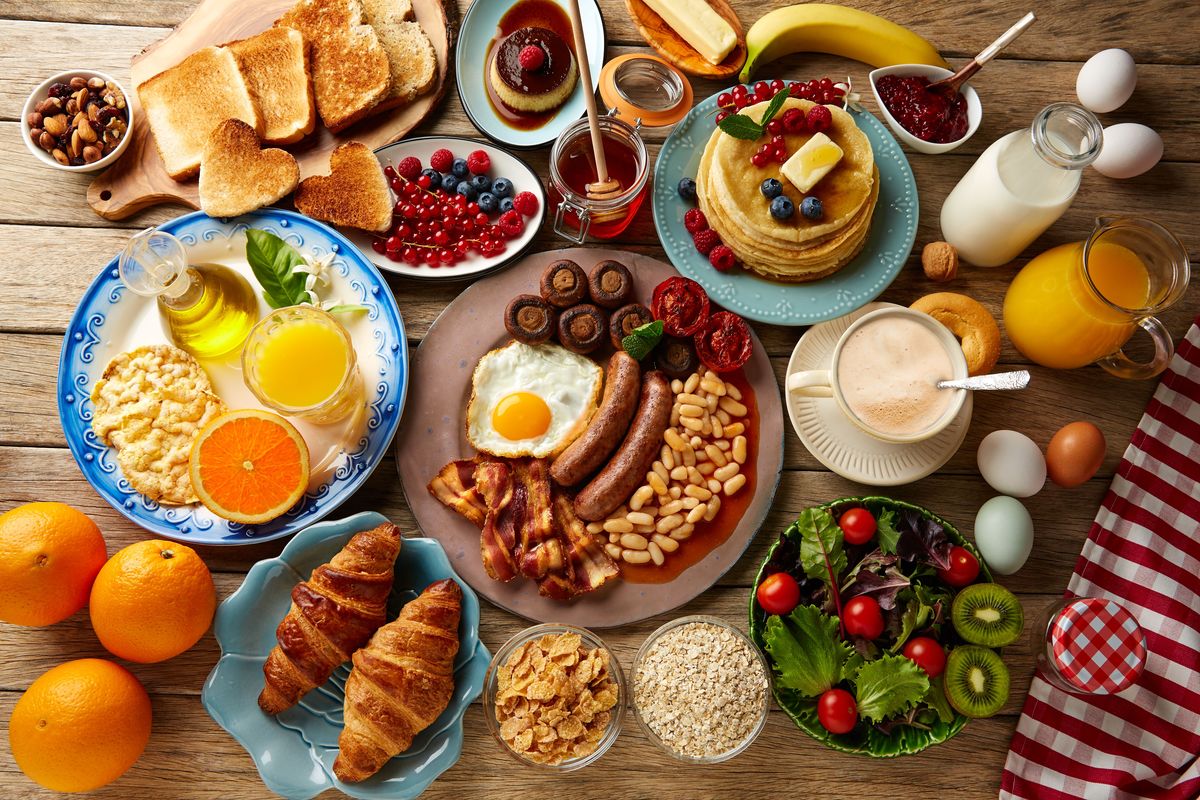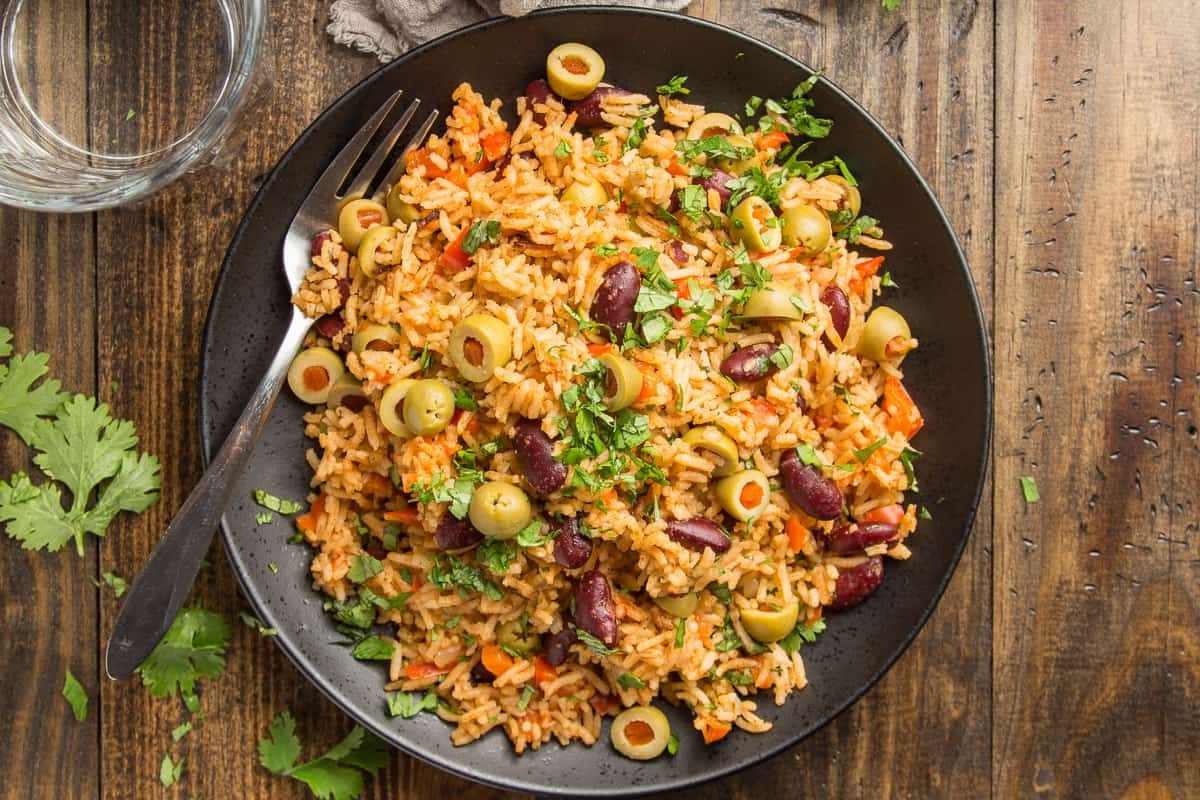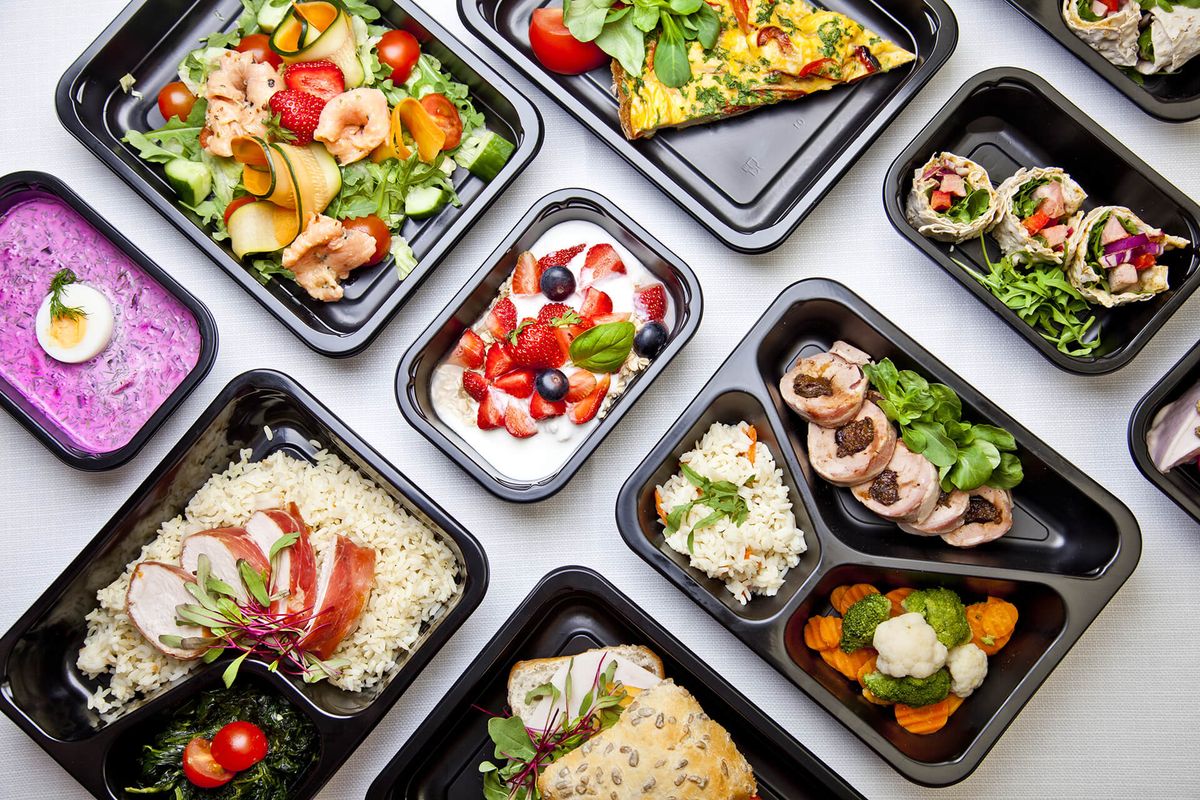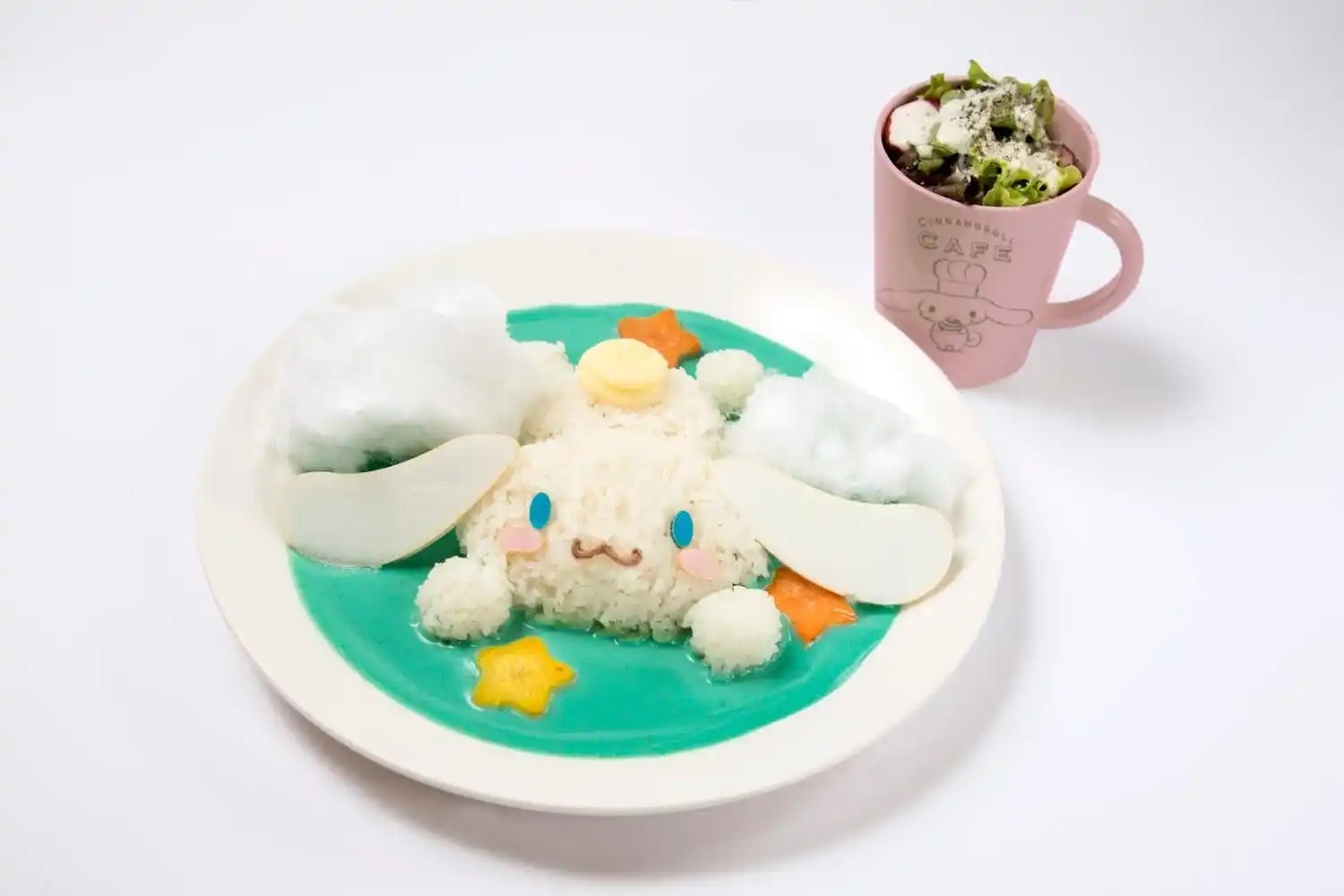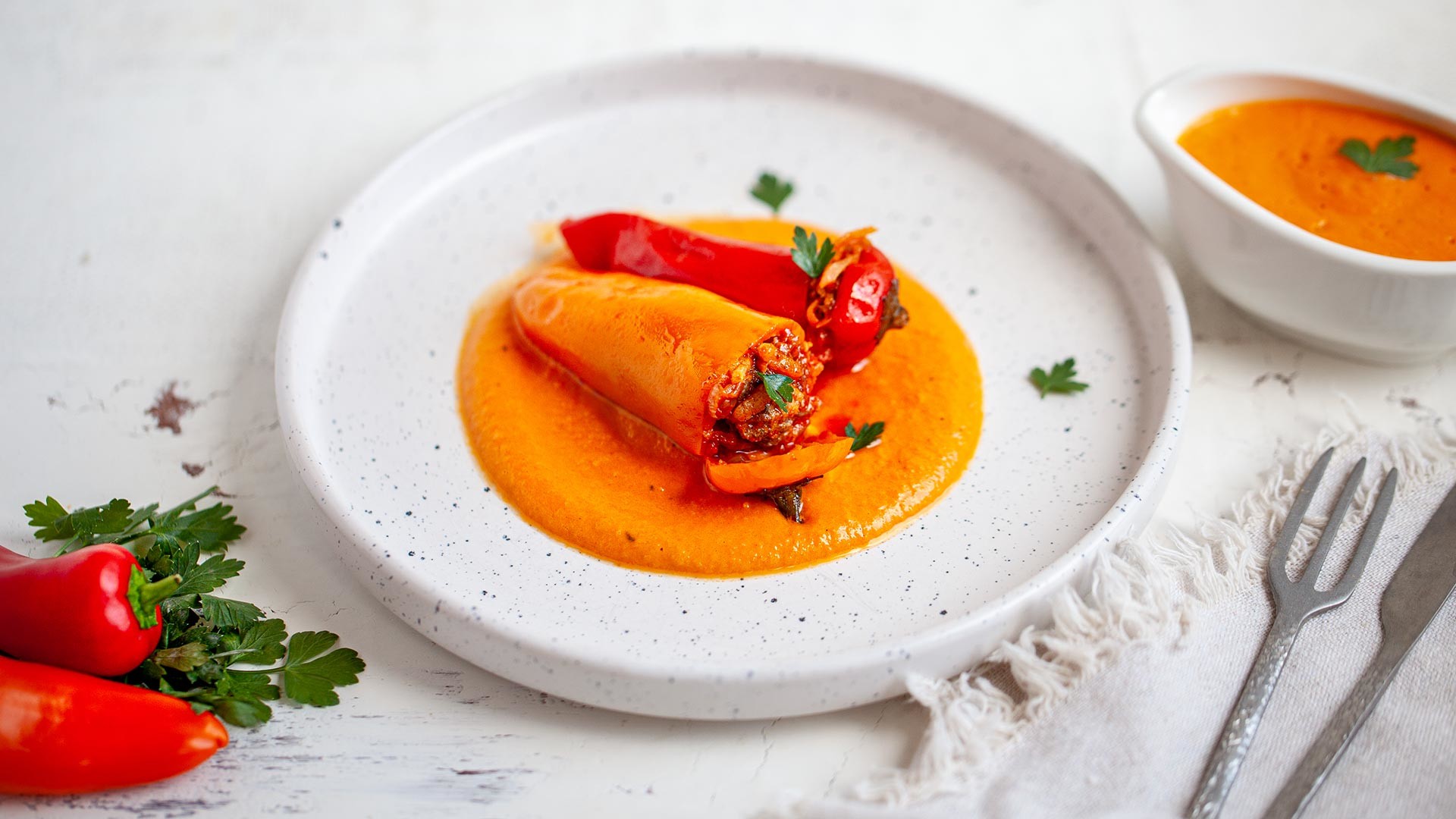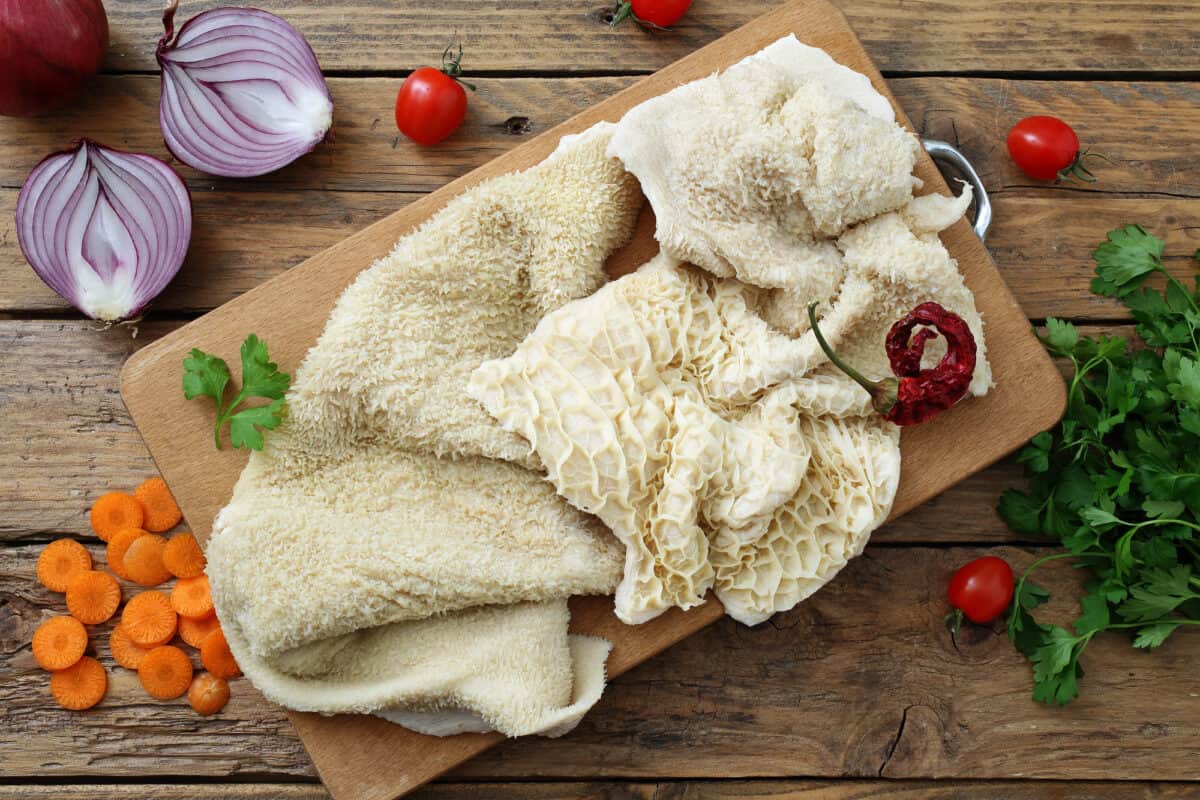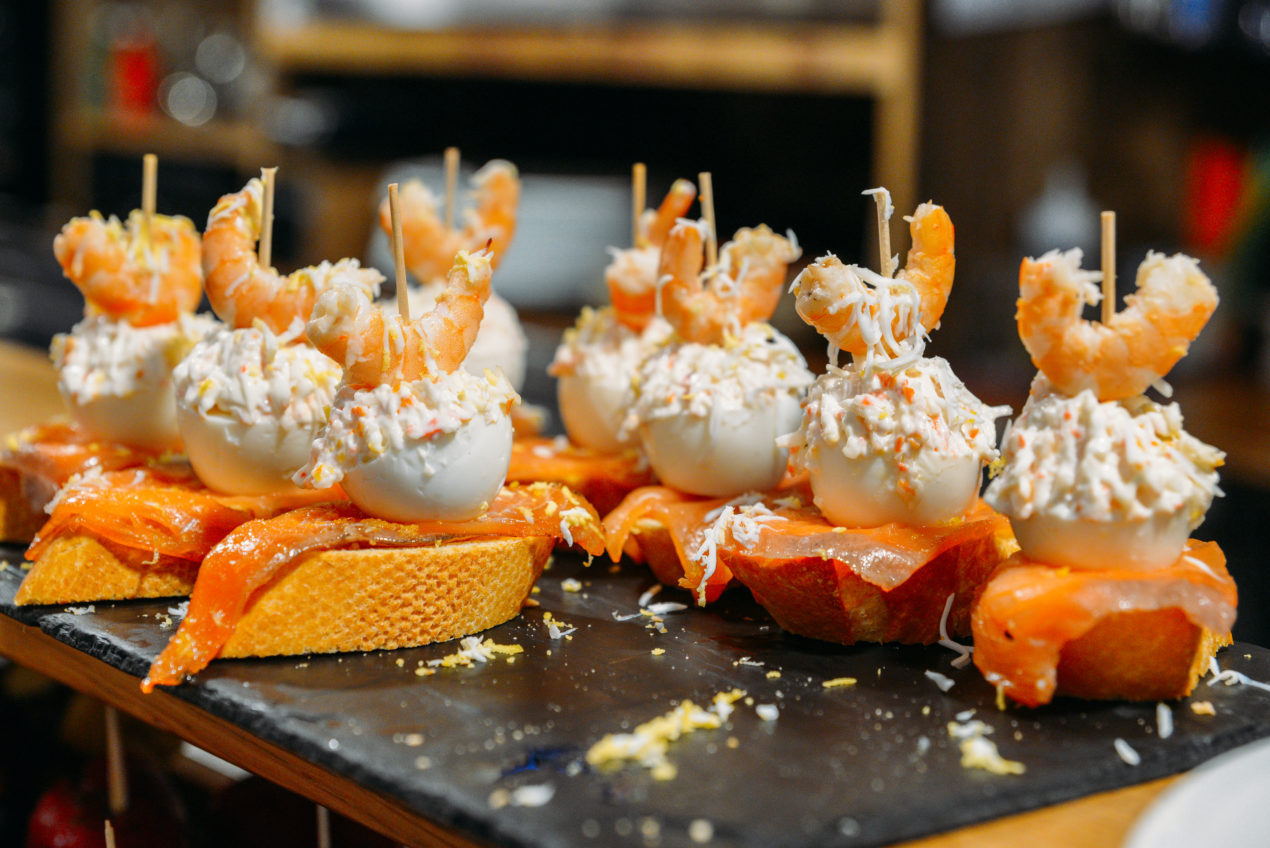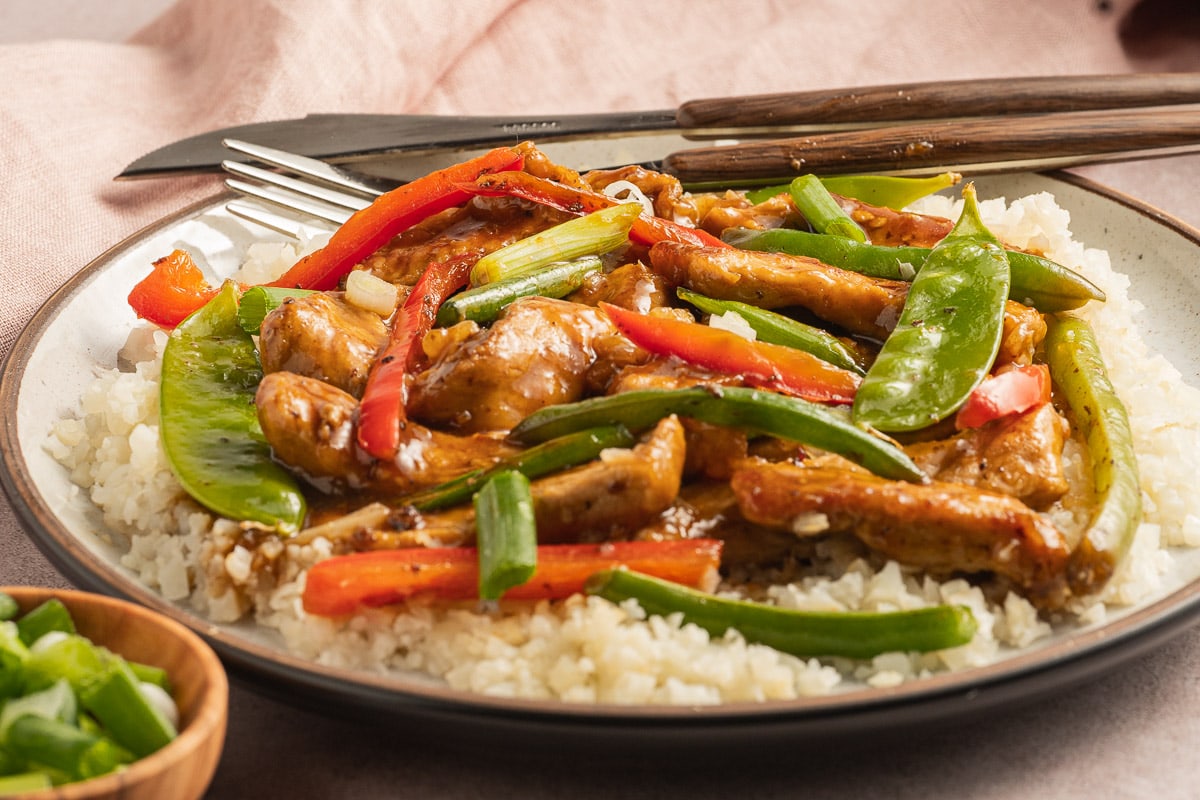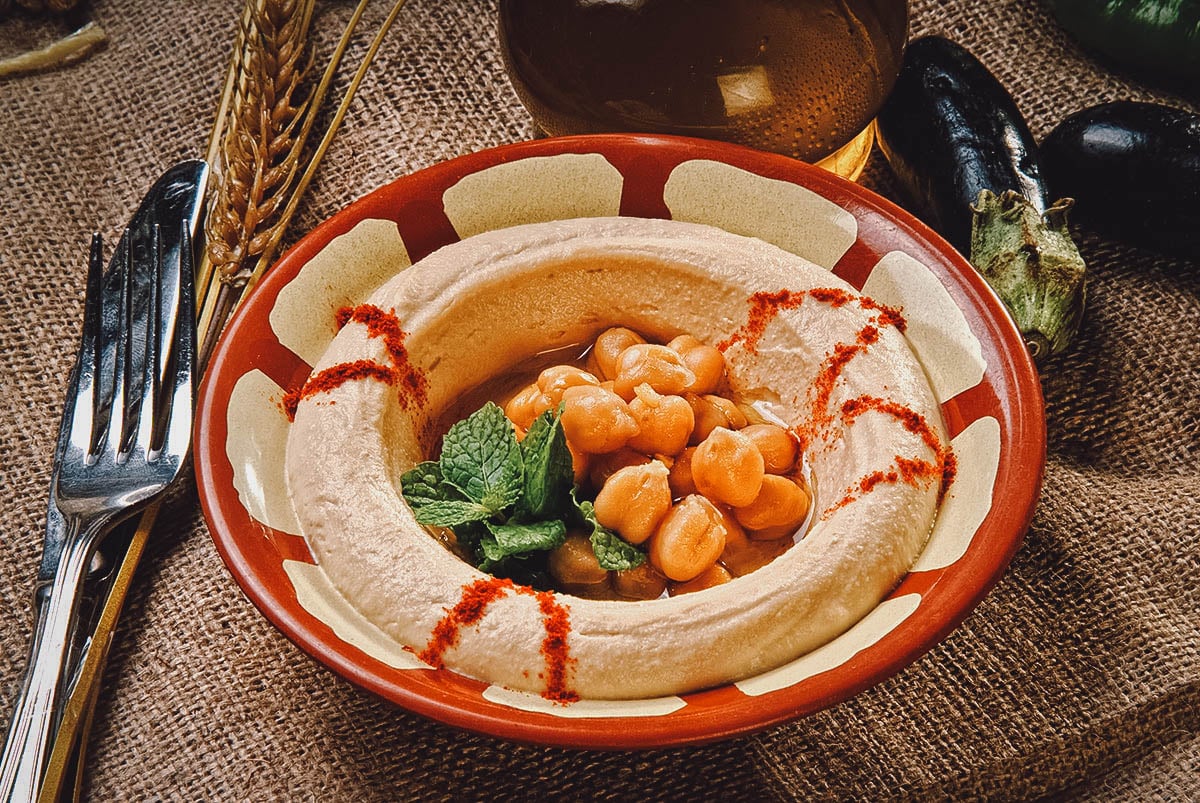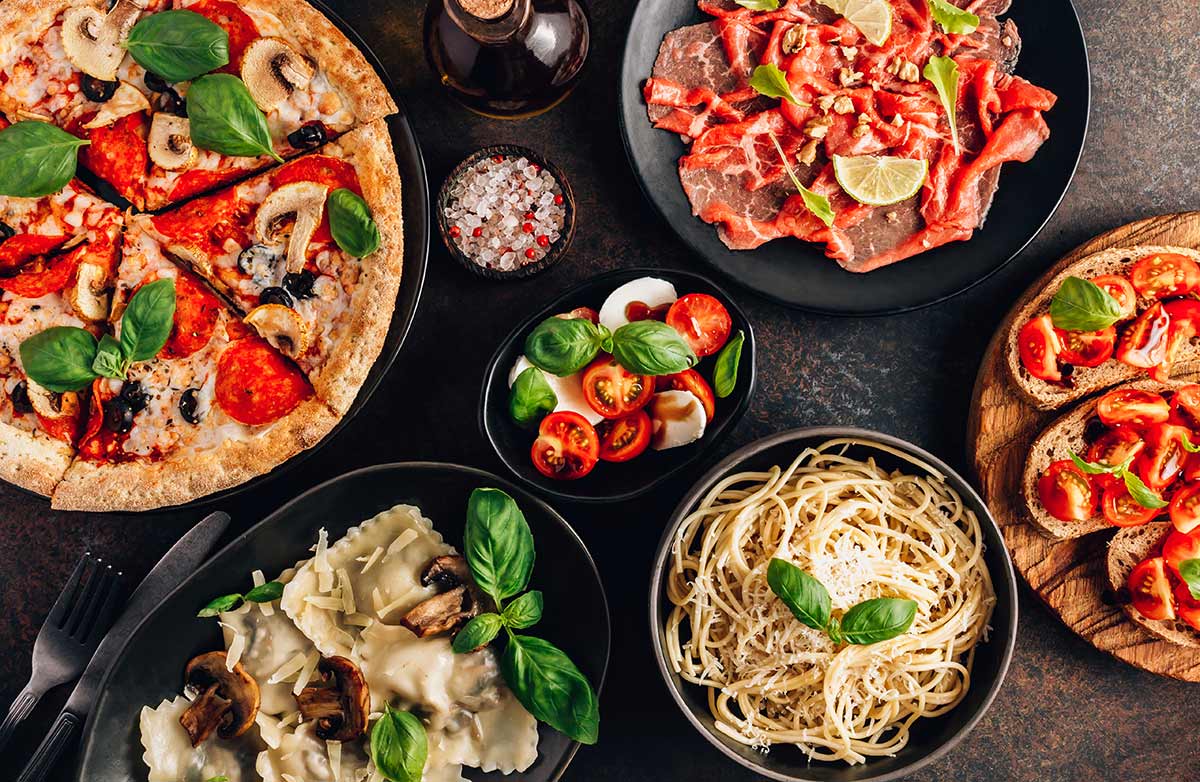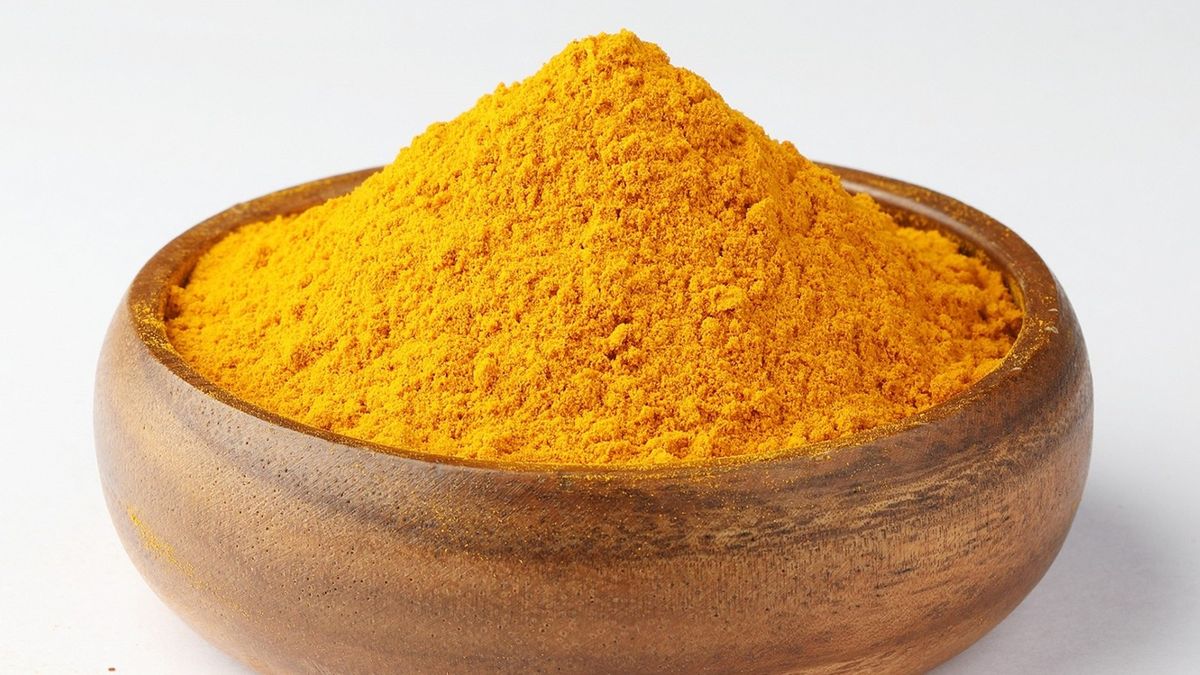Monastic cuisine offers a unique glimpse into the culinary traditions of monks and nuns who live in monasteries. Rooted in simplicity, these recipes often use fresh, local ingredients and emphasize mindful eating. Monastic meals reflect a deep connection to nature and spirituality, focusing on nourishment for both body and soul. From hearty soups to rustic bread, these dishes provide a taste of history and tranquility. Exploring monastic cuisine not only broadens your culinary horizons but also invites you to appreciate the art of simple, wholesome cooking. Dive into this serene world and discover the flavors that have sustained monastic communities for centuries.
Essential Ingredients for Monastic Cuisine
Exploring the World of Monastic Cuisine
- 2 cups whole wheat flour
- 1 cup water
- 1/2 cup honey
- 1/4 cup olive oil
- 1 tsp salt
- 1 tsp dried rosemary
- 1 tsp dried thyme
- 1 tsp dried basil
- 1/2 tsp black pepper
- 1/2 tsp garlic powder
- 1/2 tsp onion powder
- 1/4 tsp ground nutmeg
- 1/4 tsp ground cloves
- 1/4 tsp ground cinnamon
- 1/4 tsp ground ginger
- 1/4 cup chopped walnuts
- 1/4 cup raisins
Tools Needed for Monastic Cuisine
Tools Needed for Exploring the World of Monastic Cuisine
-
Mortar and Pestle
- Crush herbs and spices
- Make pastes and sauces
-
Clay Pots
- Slow-cook stews and soups
- Retain heat for even cooking
-
Wooden Spoons
- Stir without scratching pots
- Mix ingredients thoroughly
-
Cast Iron Skillet
- Sear meats and vegetables
- Retain heat for consistent cooking
-
Bread Oven
- Bake traditional loaves
- Maintain consistent temperature
-
Cheesecloth
- Strain liquids
- Make cheese and yogurt
-
Herb Drying Rack
- Preserve fresh herbs
- Enhance flavors over time
-
Stone Mill
- Grind grains into flour
- Make fresh bread and pastries
-
Copper Pots
- Conduct heat evenly
- Prepare delicate sauces
-
Wooden Cutting Board
- Chop vegetables and herbs
- Protect knife edges
-
Fermentation Crock
- Make sauerkraut and pickles
- Preserve vegetables
-
Ceramic Bowls
- Mix ingredients
- Serve meals
-
Herb Scissors
- Snip fresh herbs
- Garnish dishes
-
Butter Churn
- Make fresh butter
- Control ingredients
-
Wine Press
- Extract juice from grapes
- Make homemade wine
-
Herb Garden
- Grow fresh herbs
- Ensure a constant supply
Monastic cuisine emphasizes simplicity, local ingredients, and mindful preparation. Often vegetarian, it focuses on fresh produce, grains, and herbs, reflecting a lifestyle of contemplation and self-sufficiency.
Why Monastic Cuisine Matters
Monastic cuisine offers a unique glimpse into how simplicity and sustainability can lead to deeply nourishing meals. Rooted in traditions that span centuries, these recipes emphasize local, seasonal ingredients, fostering a connection between spirituality and sustenance. This culinary practice encourages mindful eating, reflecting a lifestyle of moderation and respect for nature.
Adopting principles from monastic cuisine can inspire us to rethink our relationship with food. It's not just about the flavors on our plate but also about the ethical and environmental implications of our choices. By embracing these age-old practices, we can cultivate a more sustainable and thoughtful approach to cooking and eating.
Step-by-Step Guide to Monastic Cuisine
-
Research Monastic Traditions: Begin by studying various monastic communities around the world. Focus on their dietary laws and how these reflect their spiritual beliefs and practices.
-
Identify Common Ingredients: Note the common ingredients used in monastic cuisine. Many communities rely on vegetables, fruits, grains, and legumes, emphasizing local and seasonal produce.
-
Understand the Philosophy: Grasp the underlying philosophy of simplicity and mindfulness in monastic cooking. This approach values the natural flavors of food and the act of cooking as a form of meditation.
-
Learn Basic Techniques: Acquire skills in basic cooking techniques that are staples in monastic kitchens, such as baking bread, simple stewing, and fermenting vegetables.
-
Adopt a Seasonal Approach: Embrace the practice of eating seasonally, which is central to monastic cuisine. This means adjusting your diet to the availability of ingredients throughout the year.
-
Practice Mindful Eating: Incorporate the practice of mindful eating into your meals, a key aspect of monastic dining. This involves eating slowly, savoring each bite, and being fully present during meals.
-
Explore Fasting and Dietary Restrictions: Experiment with aspects of fasting and dietary restrictions that many monastic orders follow. This could include abstaining from meat or fasting during specific times of the year.
-
Create a Monastic Garden: If possible, start a small garden to grow your own herbs, vegetables, and fruits. Monastic communities often grow their own food, which is a core part of their self-sufficiency.
-
Simplify Your Kitchen: Declutter your kitchen and cooking practices, mirroring the monastic ideal of simplicity. Use a minimal number of utensils and aim for simple, nourishing meals.
-
Share Meals in Silence: Try sharing meals in silence occasionally, to experience the communal and reflective aspect of monastic dining. This practice encourages gratitude and mindfulness.
-
Reflect on the Experience: After meals, spend time reflecting on the experience of cooking and eating in a monastic-inspired way. Consider how these practices affect your relationship with food and cooking.
-
Incorporate Monastic Values: Beyond the kitchen, try to incorporate the values of community, simplicity, and mindfulness into your daily life, drawing inspiration from monastic traditions.
Monastic Cuisine: A Timeless Culinary Tradition
Monastic cuisine offers a unique blend of simplicity and depth, reflecting centuries-old traditions. These recipes, often rooted in local ingredients and sustainable practices, provide a glimpse into a lifestyle focused on mindfulness and community. Whether it's the hearty stews, fresh-baked bread, or herbal teas, each dish tells a story of devotion and care. By exploring these recipes, you not only enjoy delicious meals but also connect with a rich cultural heritage. So, next time you're in the kitchen, consider trying a monastic recipe. It might just bring a bit of peace and history to your table.
Frequently Asked Questions About Monastic Cuisine
What is monastic cuisine?
Monastic cuisine refers to the culinary traditions and practices developed within Christian monasteries. Historically, it's about simplicity and sustainability, focusing on meals that adhere to religious dietary restrictions, such as fasting periods when meat is often avoided.
How does monastic cuisine differ from regular cooking?
One key difference lies in the philosophy behind the food. Monastic cuisine isn't just about feeding the body but also nourishing the soul. Ingredients are usually locally sourced, and dishes are prepared with mindfulness and respect for nature's bounty. Plus, there's a strong emphasis on communal eating, reflecting the communal life of a monastery.
Can monastic cuisine be vegetarian or vegan?
Absolutely! Given the frequent fasting periods that exclude meat and sometimes dairy, many recipes are inherently vegetarian or vegan. This makes monastic cuisine an excellent source of inspiration for those looking to explore plant-based eating.
What are some staple ingredients in monastic cuisine?
Staples often include legumes, grains, vegetables, and herbs. Bread, in particular, holds a special place, symbolizing sustenance and communal sharing. Fresh produce from monastery gardens also plays a crucial role, ensuring meals are both nutritious and flavorful.
Are there any famous dishes from monastic cuisine?
Yes, several dishes have gained recognition beyond monastery walls. For instance, Trappist beers, brewed by monks for centuries, are highly sought after worldwide. Another example is the simple but delicious monastic soup, a hearty blend of beans, vegetables, and herbs, simmered to perfection.
How can I incorporate monastic cuisine into my cooking?
Start by embracing the principles of simplicity and mindfulness in your cooking. Try recipes that focus on whole, unprocessed ingredients, and consider setting aside times for communal meals with family or friends. Experimenting with fasting recipes during Lent or other periods can also offer a taste of monastic discipline and culinary tradition.
Where can I find recipes or more information on monastic cuisine?
Many cookbooks and online resources are dedicated to monastic cuisine and the culinary traditions of specific monasteries. Libraries, bookstores, and culinary websites are great places to start your search for recipes and insights into the monastic way of life.
